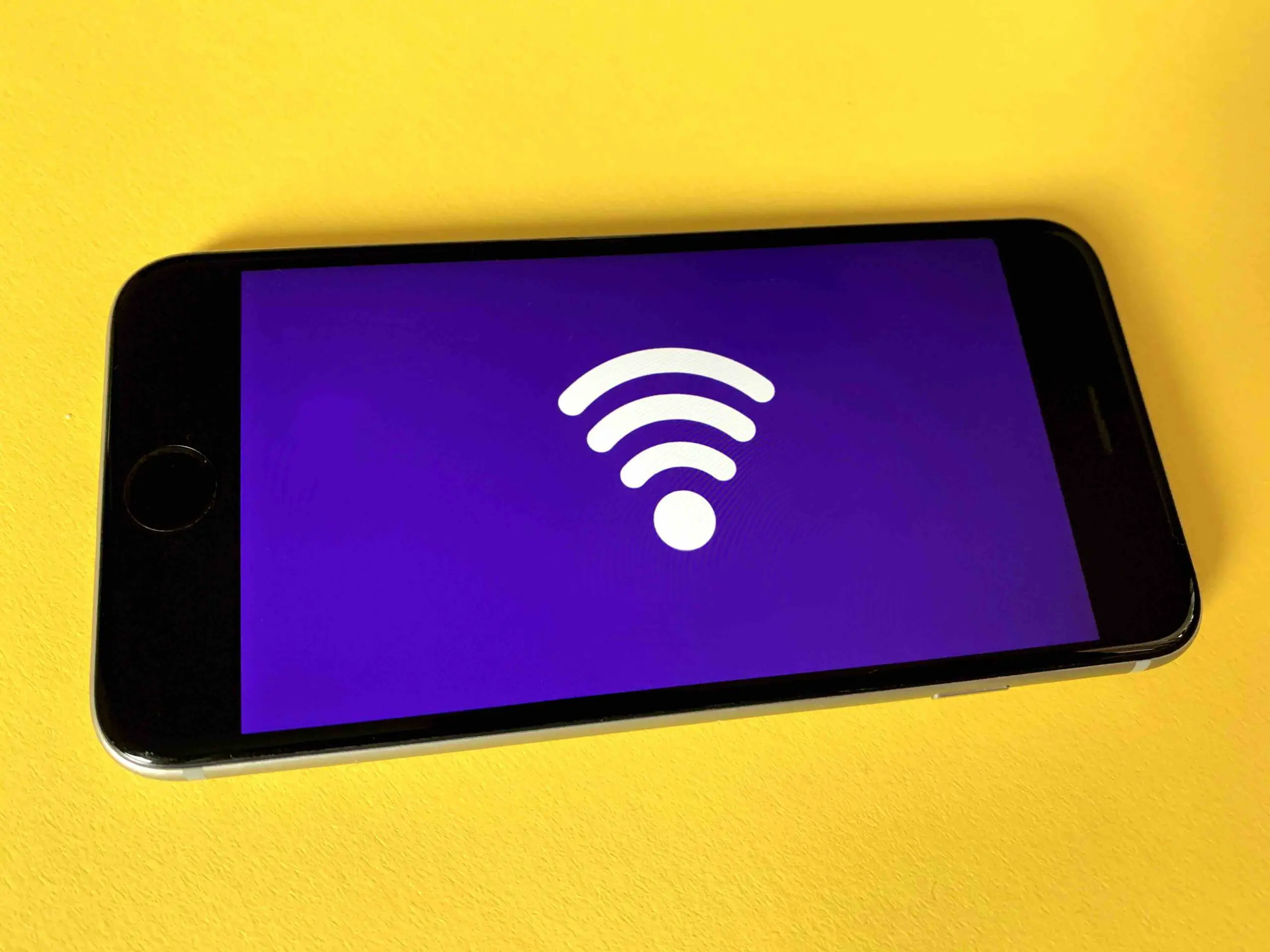I’m sure you’ve heard about free government hotspot devices, but do you know what they entail?
Certain government programs offer free internet via these devices, helping American households bridge the digital gap. These initiatives include the Emergency Broadband Benefit (EBB) program and Lifeline.
Eligibility for these hotspots is based on income or participation in federal assistance programs. Key providers include TruConnect, Human-I-T, PCs for People, and Assurance Wireless.
In this article, we’re zooming into how these devices work, who qualifies for them, and how you can apply if you’re eligible.
Overview of Government Initiatives Offering Free Hotspot Devices
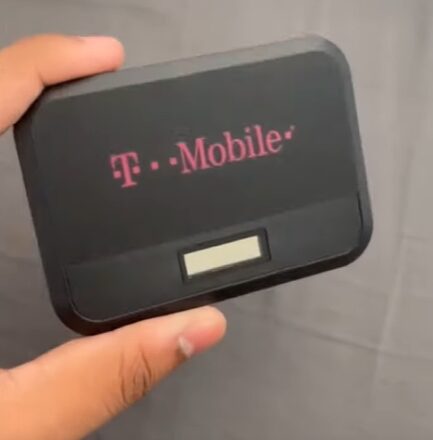
Access to the internet is no longer a luxury but an essential part of our daily lives. Yet I know that not everyone can afford this necessity. Recognizing this digital divide, the government has launched several initiatives offering free hotspot devices.
Note: You can see which devices are offered and what they look like further down in the article.
- Emergency Broadband Benefit (EBB) program. This temporary benefit provides even greater discounts, up to $50 per month ($75 on Tribal lands), towards broadband service, plus one-time discounts of up to $100 for a laptop, tablet, or desktop computer.
- Lifeline. Under this program, eligible consumers can receive up to $9.25 per month off their internet bill and even more if they reside on Tribal lands! That’s not pennies we’re talking about; it makes a real difference in people’s lives!
Let me break it down further:
| Benefit | Regular Lifeline | EBB |
|---|---|---|
| Monthly Discount | Up to $9.25 | Up to $50 ($75 on tribal lands) |
| One-time Device Discount | None | Up to $100 |
- NYC Connected. This aims to bridge its digital divide by providing free WiFi hotspots throughout the city.
- Local Libraries. Many are lending out mobile hotspot devices for those without home internet access.
Qualifying for a Free Government Hotspot Device
Let’s investigate how one can qualify for a free government hotspot device. It’s not as complicated as it might seem at first glance.
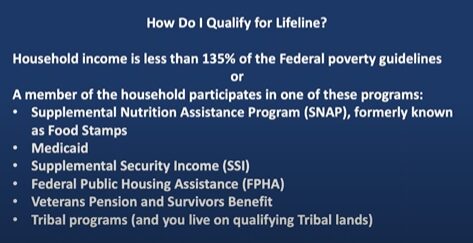
Eligibility Criteria Based on Income
If we’re talking about income, generally, your household income needs to be at or below 135% of the Federal Poverty Guidelines. This percentage can vary by state; ensure you check with local agencies.
Participation in Federal Assistance Programs
On the other hand, you might be eligible through participation in federal assistance programs like:
- Supplemental Nutrition Assistance Program (SNAP)
- Medicaid
- Supplemental Security Income (SSI)
- Veterans Pension and Survivor Benefits
These are just some examples. The list of qualifying federal programs is extensive.
Application Process
So, now that we’ve established who qualifies, let’s talk about the application process. As with most things involving government aid, there will be paperwork involved.
Step 1: Proof of Eligibility
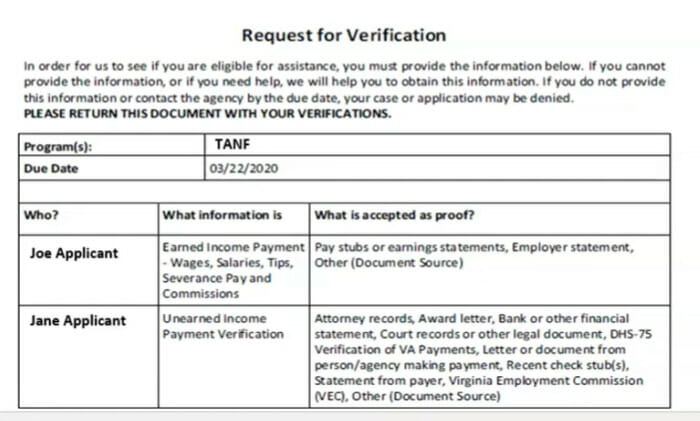
- You need documentation showing that your income meets the criteria or confirming your enrollment in a qualifying program. This could be anything from pay stubs to benefit statements.
Step 2: Locate a Service Provider

- Look for a service provider participating in the Lifeline program that offers free hotspot devices in your state.
Step 3: Fill Out the Application Form

- Next up is filling out the application form, which will require basic information such as name, date of birth, and address.
- Along with details about why you’re applying for a free government hotspot device – whether it’s due to low-income status or participation in an assistance program.
Step 4: Wait for Approval
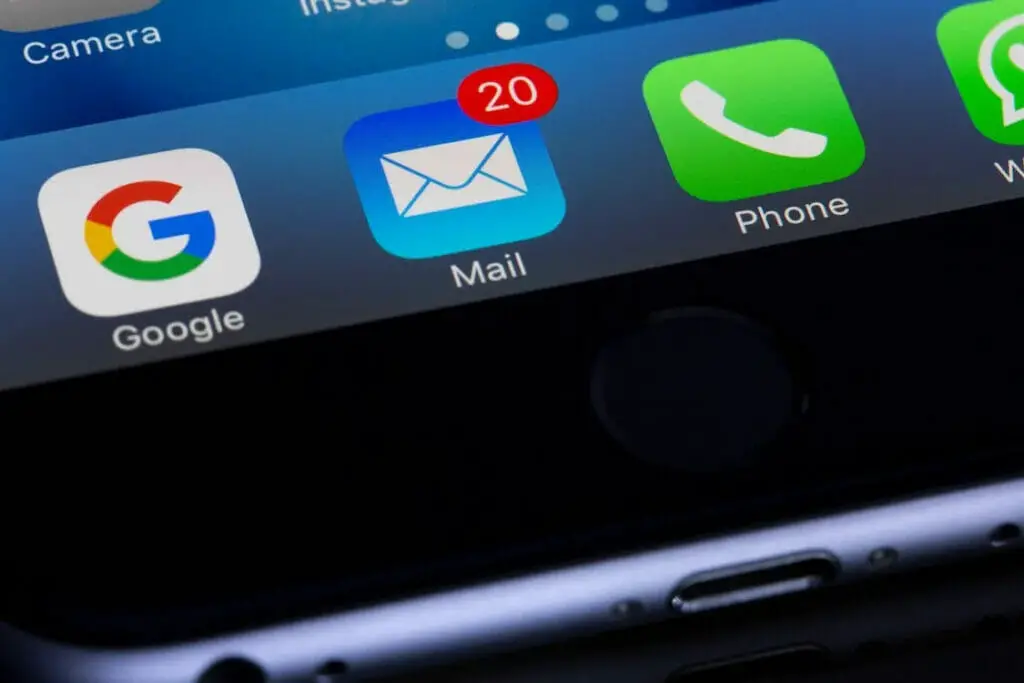
- Once your application has been submitted, approval usually takes around 30 days but may take longer during peak periods or depending on state processes.
- You will be notified through email once your application has been approved to finish the additional process to receive a free government hotspot device.
Providers Offering Free Government Hotspot Devices
A few key players in the market are allowing folks to access the internet without burning a hole in their pocket. And let me tell you, they’re offering free government hotspot devices! How fantastic is that?
The government assistance programs offer three types of free hotspot devices – mobile hotspots, smartphones, and tablets.
Mobile Hotspots
Have you ever thought about accessing the web on the move without that dreaded data bill? Well, a couple of innovative providers are making it happen! Dive into the world of mobile hotspots where free doesn’t mean compromised.
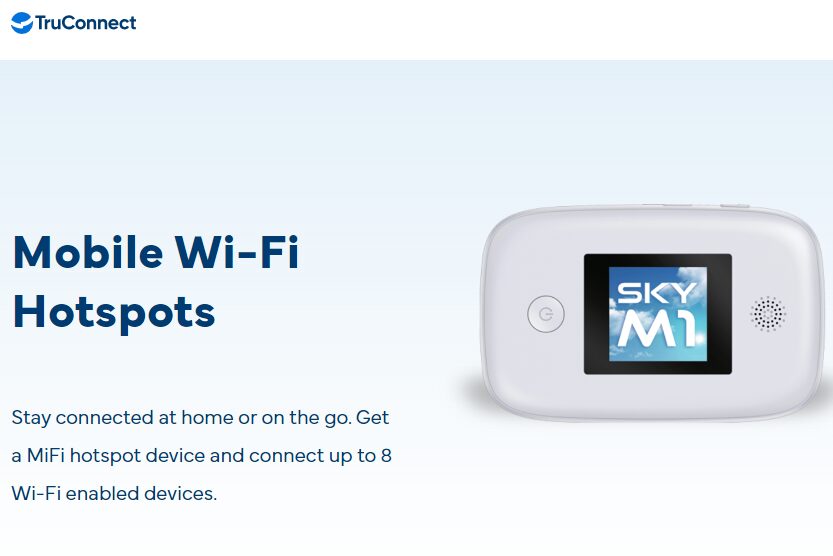
- TruConnect is another provider worth mentioning here. TruConnect works with the California LifeLine Program to offer eligible customers zero-cost internet services along with a mobile device.
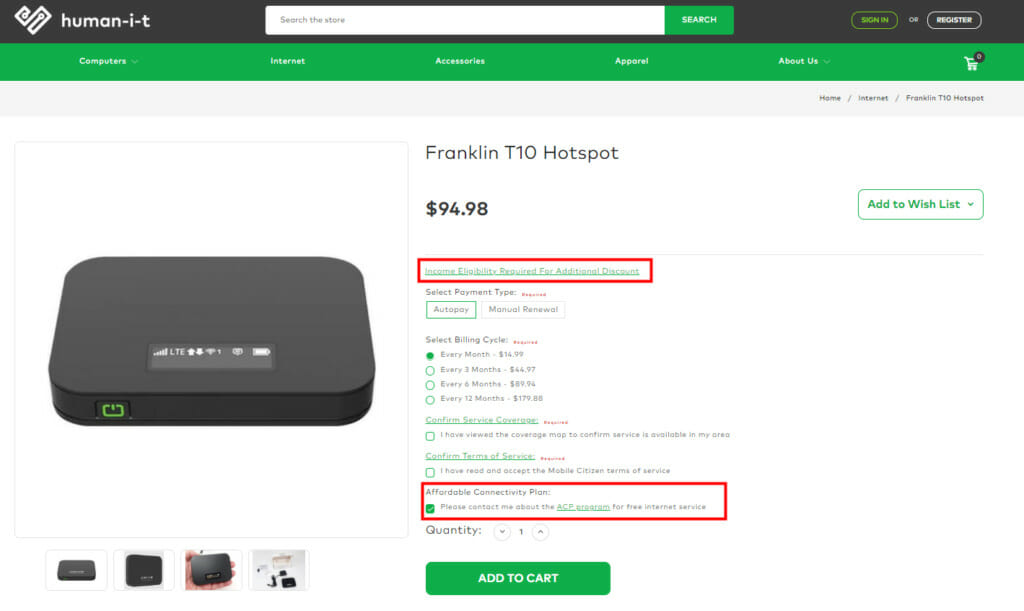
- Human-I-T is committed to providing all customers access to their products and services. They provide low-cost internet plans and free hotspot devices under the Lifeline program.
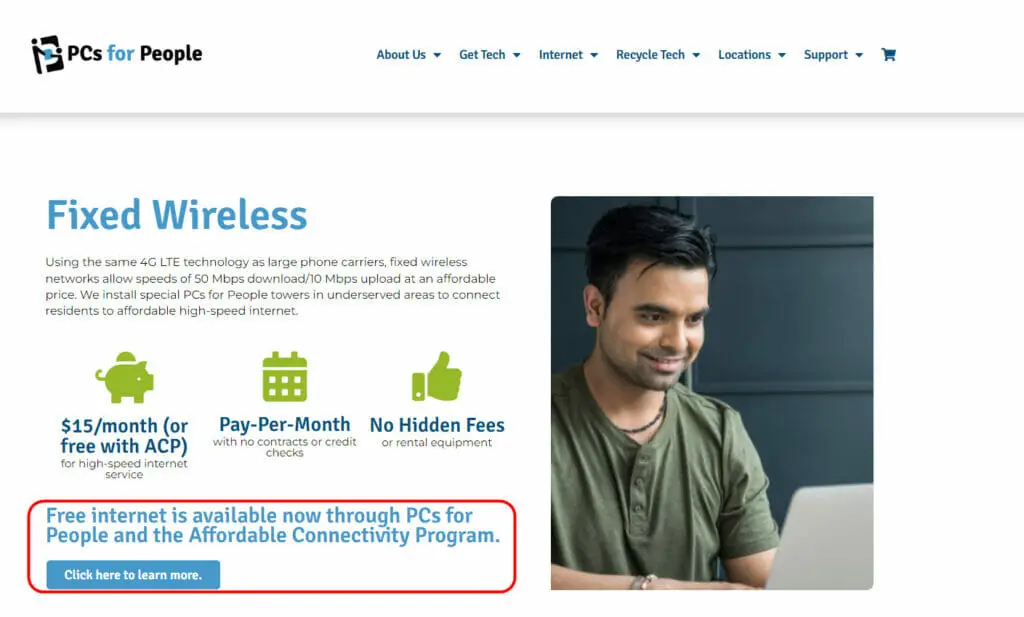
- PCs for People offers free high-speed 4G LTE internet service solutions with the Affordable Connectivity Program. Their service plans are prepaid with no credit checks or hidden fees.
Smartphones and Tablets
Sometimes, you want your internet on the go without the added bulk of carrying another device. Good news? Your very own smartphone or tablet might be your next mobile hotspot.
Not all service plans are created equal, and if you’re keen on maximizing this feature, you’ll want to jump on a plan that includes High-speed Mobile Hotspot Data. Here’s a shortlist of providers who’ve got you covered in that department:
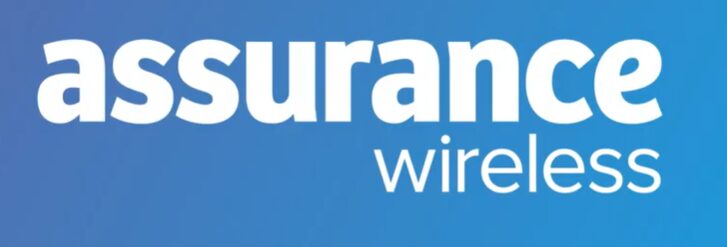
- Assurance Wireless is one such provider who’s leading the pack. They’ve been working with the government to offer Lifeline Assistance Program participants free Wi-Fi hotspots. And get this – it’s not just about getting connected; Assurance Wireless is also throwing in a smartphone and monthly data allowance!
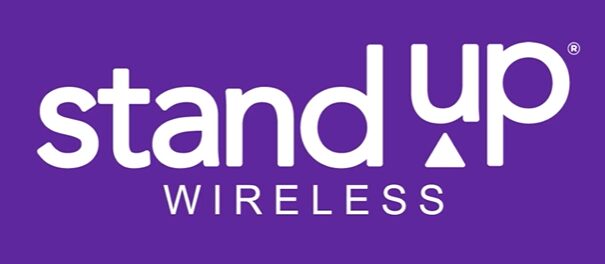
- StandUp Wireless is making waves by providing free mobile hotspots under its Lifeline program. They’re all about reliable connectivity and won’t leave you hanging when you most need it. Besides, StandUp gives subscribers unlimited talk, texts, and a hefty amount of monthly data.
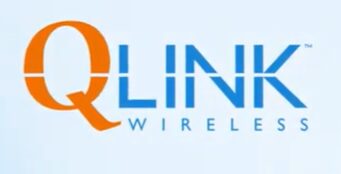
- Q Link Wireless is another solid option if you qualify for their Lifeline program. Q Link offers free monthly data and unlimited text & talking and throws a mobile hotspot into the mix at no extra cost! That’s what I call value for money… or rather, value for no money!
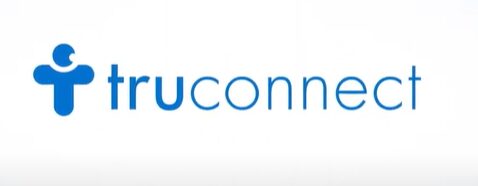
- TruConnect is another provider worth mentioning here. TruConnect works with the California LifeLine Program to offer eligible customers zero-cost internet services and a mobile device.
The Need for Free Government Hotspot Devices
It’s no secret that we live in an era where connectivity is king. Internet access has become a basic necessity, much like water and electricity. Yet, many folks across the US still struggle to gain consistent access to this crucial resource.
This is where free government hotspot devices can make a world of difference.
- Digital Divide. This refers to the gap between individuals with easy access to computers and the internet and those without. According to data from the Pew Research Center:
| Percentage | Description |
|---|---|
| 7% | Adults in rural areas without broadband service |
| 15% | Low-income households without a broadband internet subscription |
These numbers might seem small, but they represent millions of digitally disenfranchised Americans.
- Economic benefits. As more people get online, they can participate in e-commerce activities that stimulate local economies and create opportunities for entrepreneurship.
- Educational Advantages. In our current age, where remote learning has become so prevalent due to COVID-19 restrictions, students without reliable home internet face severe challenges keeping up with their peers.
Pros and Cons of Free Government Hotspot Devices
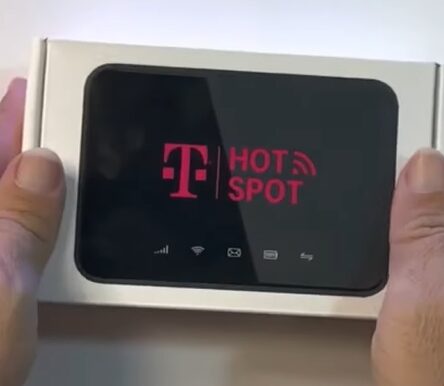
It’s essential to have a clear blueprint of what they bring to the table. While these devices can be game-changers for many, there’s a balance of advantages and potential hiccups to consider. Let’s lay it out and see what’s on the spec sheet.
The Upside: Making Connectivity Accessible
In today’s digital age, staying connected isn’t just a convenience—it’s a necessity. And with the push for more accessible connectivity options, we’re seeing real strides. Let’s delve into the upside of making internet access readily available for everyone.
- Free. For families on a tight budget, this can be a lifesaver. It provides access to essential online services like job searches, educational resources, and healthcare information without added financial stress.
- Portability. You’re not tethered to one location for your internet needs. You have connectivity in your pocket, whether at the park or on a road trip.
The Downside: Points to Ponder
However, it isn’t all sunshine and rainbows with these devices. There are some limitations that I’d be remiss if I didn’t mention.
- Limited data usage. These devices usually come with a data cap, which might restrict heavy internet usage, such as streaming or downloading large files.
- Coverage area. Coverage can get spotty depending on where you live or travel, leading to unreliable internet connections.
Frequently Asked Questions
- Are there any other ways to get free or affordable internet access?
- Absolutely! Apart from these government programs, many local libraries, NGOs, and community centers offer free Wi-Fi or lend out hotspot devices. Keep an ear to the ground and explore local options.
- Are there any other ways to get free or affordable internet access?
- Absolutely! Apart from these government programs, many local libraries, NGOs, and community centers offer free Wi-Fi or lend out hotspot devices. Keep an ear to the ground and explore local options.
- What if I lose or damage my hotspot device?
- Most providers understand accidents happen. They might offer a replacement or repair if it’s a minor issue, but terms can vary. Always report any loss or damage ASAP.
- Can I stream movies and games with these hotspot devices?
- While possible, remember these devices often come with data caps. So, if you plan to stream the latest blockbuster or play online games, you might hit that cap faster than you think.
- Can I choose the type of device I get—say, a smartphone over a mobile hotspot?
- It’s largely based on what the program offers and availability. Some might give you a choice, while others provide what’s on hand.
- I’m already on a discounted internet plan. Can I still apply for a free hotspot device?
- Each program has its own rules. Checking with your current provider and the government hotspot program is best to avoid overlaps.
- If I start earning more or my financial situation changes, do I need to report it?
- Yes, it’s essential to keep all info updated. You might no longer qualify if your income exceeds the program’s threshold.
- How secure are these hotspot devices?
- Like any Wi-Fi network, there’s a level of security. Always set a strong password and avoid sharing sensitive info over public networks.
References
Website Resources:
- Federal Communications Commission (FCC). https://www.fcc.gov/
- NYC Connected. https://www.nyc.gov/
- TruConnect. https://www.truconnect.com/
- Human-I-T. https://www.human-i-t.org/
- PCs for People. https://www.pcsforpeople.org/
- Clear Wireless. https://www.clearwireless.com/
- Assurance Wireless. https://www.assurancewireless.com/
- StandUp Wireless. https://www.standupwireless.com/
- Q Link Wireless. https://www.qlinkwireless.com/
Video References:
Consumer Action
lifetipsfromus
Fairfax County Government
Assurance Wireless
Q Link Wireless
TruConnect
StandUp Wireless
MrNobleTV

